
The Naked i Cabaret in Boston’s old “Combat Zone.”
I grew up in a small town just outside of Boston called Somerville. And like pretty much like any other teenager, I worked quite hard at the craft of getting into trouble as often as possible. I ran with a crowd that was comprised of teenage losers that enjoyed passing the time stealing beer from delivery trucks. As far as you (and my parents) know, I (mostly) never did anything more than drink said stolen beer under train track bridges while underage.

Combat Zone, 1974.
But when it came to a right of passage in Boston, if you were a late teen or mostly of legal drinking age in the late 80s, you hit up Boston’s Chinatown after last call to eat food full of MSG and drink “cold tea.” In Boston, (and perhaps where you grew up, too), “cold tea” was code for “beer” (usually flat) that you could order slightly before or after closing time that was served up in white teapots in certain restaurants in Chinatown. Of course, after a night of youthful boozing, we would occasionally have enough “beer balls” to walk through the red light district of Boston that bordered Chinatown known as the Combat Zone. I remember one particular night when, after a couple of pots of cold tea, someone dared me to sprint through the Zone alone as fast as I could, which I did. Because what could go wrong when a blond teenage girl decides to run through the seediest part of town full of peep shows, dirty book stores, prostitutes and pimps?
Although widely considered a place of ill-repute, the Combat Zone’s history is important to Boston for many reasons. Specifically, thanks to its “relaxed” approach to adult oriented pursuits, the Combat Zone was also home to a wide variety of drag clubs and gay bars frequented by Boston’s LGBT community. Which is in part why in 1976 The Wall Street Journal dubbed the area a “sexual Disneyland.” In other words, there was something for everyone in the Combat Zone. And that wasn’t always a bad thing. In 2010, an art exhibit at the Howard Yezerski Gallery showcased photos taken in the Combat Zone from 1969 - 1978. Many of the images from the show as well as others taken during the Zone’s heyday, follow.

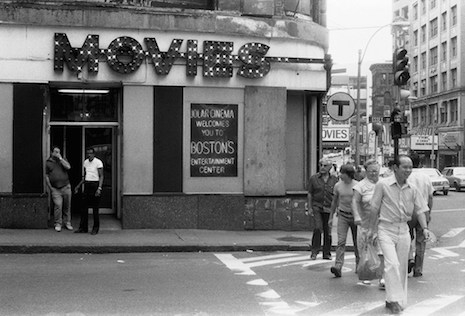
1978
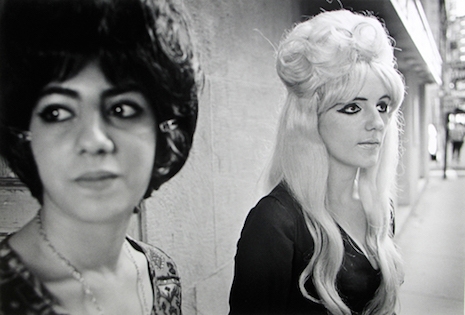
1960s
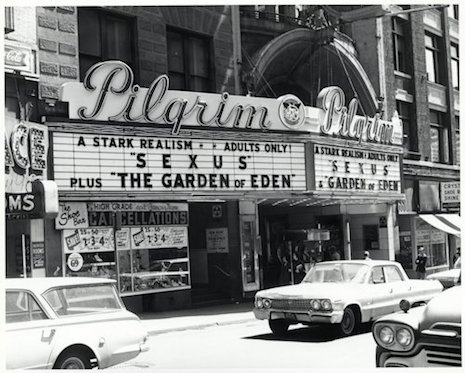
The legendary Pilgrim Theater in the Combat Zone, 1970.
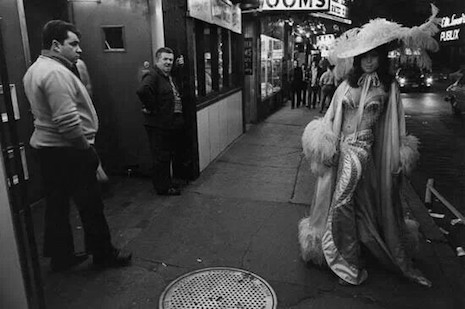
A burlesque dancer outside of a club in the Combat Zone, 1970s.
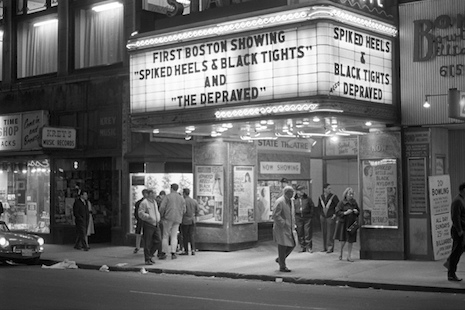
The State Theater, the Combat Zone, 1967.
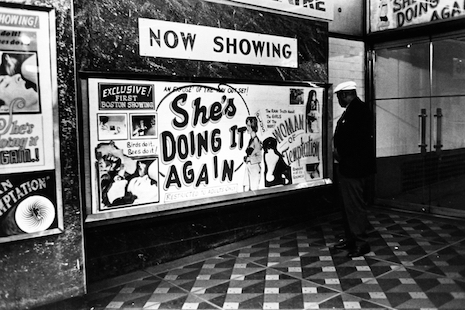
A theater marquee in the Combat Zone, 1967.

The owner of the Pilgrim Theater, Joe Savino in front of his beloved burlesque club in Boston’s Combat Zone, 1970s.
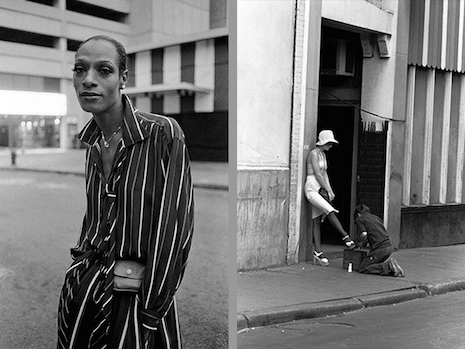
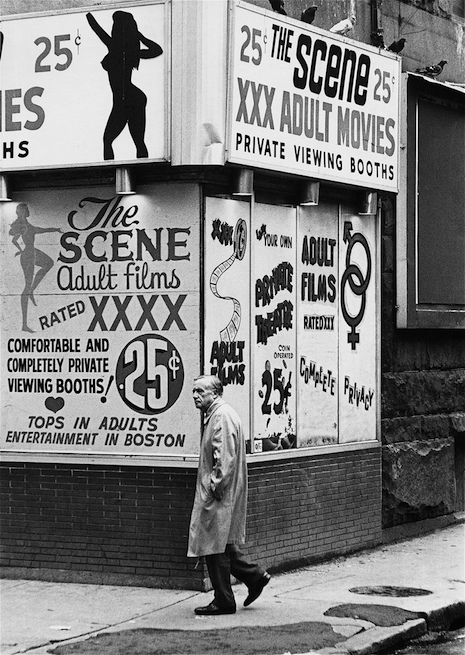
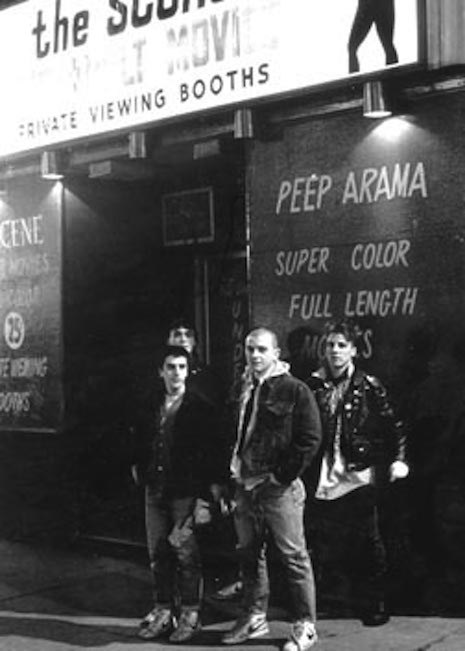
Boston hardcore band SSD posing outside the Scene, a peepshow club in the Combat Zone, early 1980s.
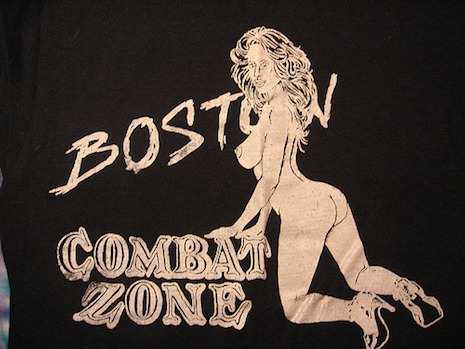
A vintage Combat Zone t-shirt.
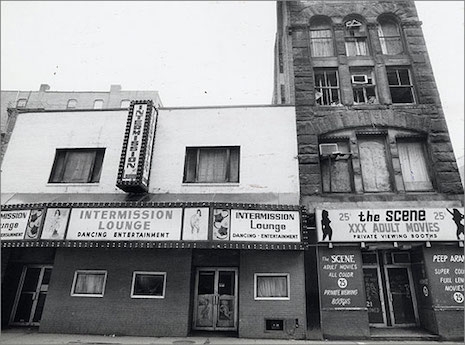
The Intermission Lounge and the Scene movie theater in Boston’s Combat Zone, 1970s.
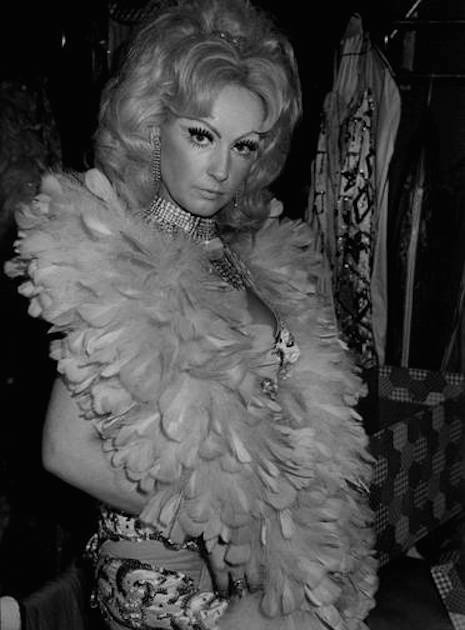
Dancer Jeri Dean, 1974.
Previously on Dangerous Minds:
Hot Stuff: Glowing neon strip club and peep show signs from around the world